You're lucky all you had to do is plug a few holes. Several years ago we rebuilt the deck at our cottage. It's on the side of a hill so from the floor of the deck to the ground at the farthest point from the house it's 12 feet in the air. The building inspector didn't like the old style railing and showed us the building code that now required less than 4" between the balusters. We went to a local fabricator to get prices for a new railing and almost passed out.
For 9 sections 8' long and 3 sections 6' long plus a gate the company wanted nearly $5,000.00. I decided I could make it for far less so the project began. All the welds were done with a Miller Syncrowave 250 mig welder. Everything went well with the fabrication and I thought I was finished. That's when the wife decided she didn't like the look of the welds where the balusters met the top and bottom rails. She wanted a finished radius on all 4 sides top and bottom.
I built a fixture on the mill to support the sections and went to work. If I recall correctly there was over 1,000 inches of weld that had to be radiused and contoured. At first I tried some in house brand HSS ball end mills from Enco with absolutely no luck. They bounced around like they were made of rubber, and rubbed off more material than they cut. I returned them and bought some Niagara brand HSS ball end mills. They cut the welds like butter. I think I used 2 end mills for the entire project. I might have been able to do it with one, but didn't want to take the chance I'd break it.
The bulk of the work was done on the mill with the final polishing and blending being done with a high speed grinder and twist lock deburring and polishing disks.
Here are some pictures of the mill fixture, the welds before starting, the sections on the bench prior to finishing with the deburring disks, and the final installation.
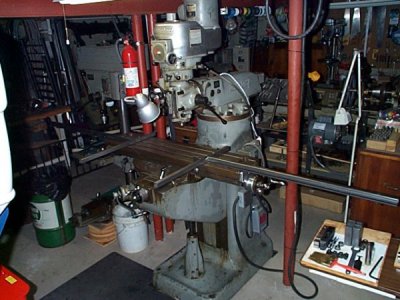
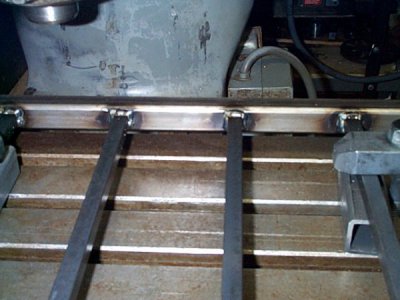
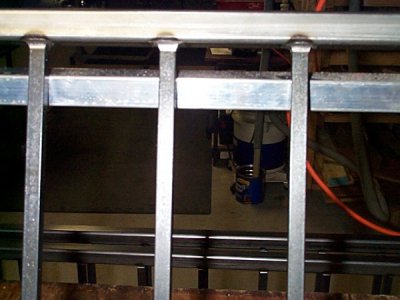
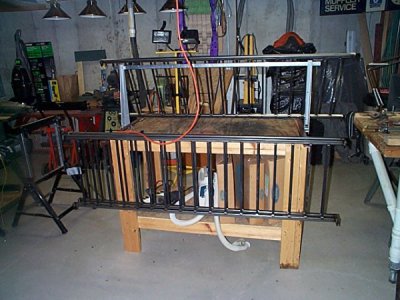
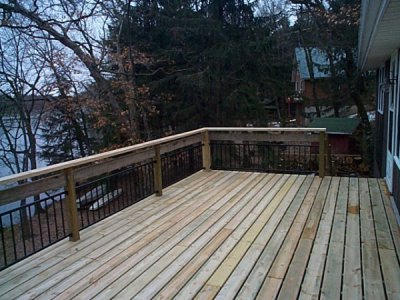
I think if you purchase some high quality end mills you'll be able to cut through the weld without any problems.





